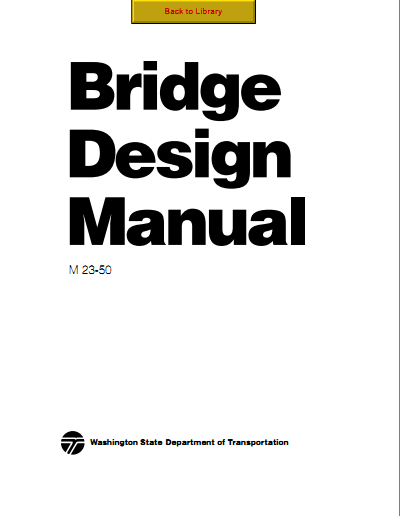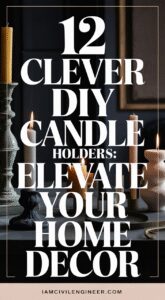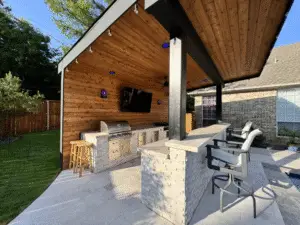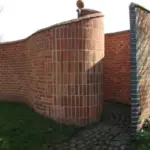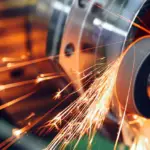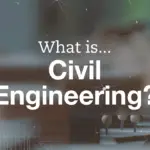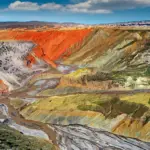This manual is intended to be a guide for Bridge Designers and others involved with bridge design for the Washington State Department of Transportation (WSDOT). It contains design details and methods that have been standardized and it interprets the intent of specifications. It is not intended to govern design in unusual situations nor to unduly inhibit the designer in the exercise of engineering judgment. There is no substitute for good judgment. The following axioms are given as a reminder that simple things make a big difference.
1. Gravity always works — if something is not supported, it will fall.
2. A chain reaction will cause small failures to become big failures, unless alternate load paths are available in the structure (i.e., progressive collapse).
3. Small errors, such as a drafting error or a misplaced decimal, can cause large failures.
4. Vigilance is needed to avoid small errors. This applies to construction inspection as well as in the design phase.
5. A construction job should be run by one person with authority, not a committee. It has been said that a camel is a horse designed and built by a committee.
6. High quality craftsmanship must be provided by everyone.
7. An unbuildable design is not buildable. An obvious fact often overlooked by the architect or structural designer. Think about how forms will be built, then removed if necessary.
8. There is no foolproof design.
9. The best way to ensure a failure is to disregard or ignore lessons from past failures.
10. Many problems can be avoided by using a little loving care.
Specifications
The AASHTO publications Standard Specifications for Highway Bridges and LRFD Bridge Design Specifications are the basic documents guiding the design of highway bridges and structures. This WSDOT Bridge Design Manual is intended to supplement AASHTO and other specifications by provid-ing additional direction, design aids, examples, and information on office practices. Where conflicts exist between this manual and the AASHTO Standard Specifications, this manual will control. When a conflict exists that is not resolved within the manual, further guidance shall be obtained from the Bridge Design Engineer or his representative. The AASHTO publications are not duplicated in this manual. Appropriate specifications and other references are listed in Section 1.99.
Download
The Content is for Members Only !!!
This Book is available to download only for our Bronze, Silver & Gold Level Members, you can simply click the button below to signup / login for your membership & Download.
Download this Book

